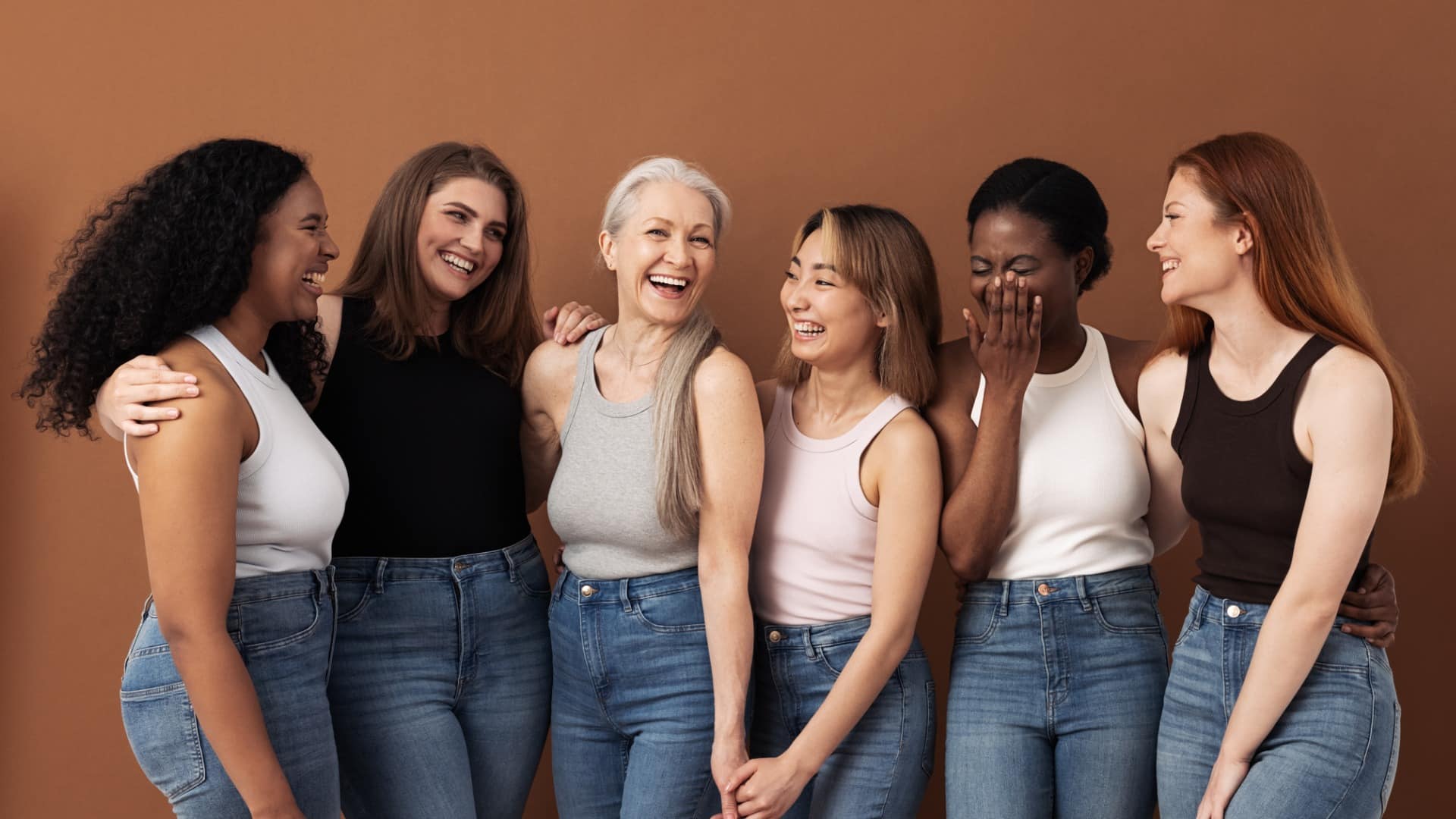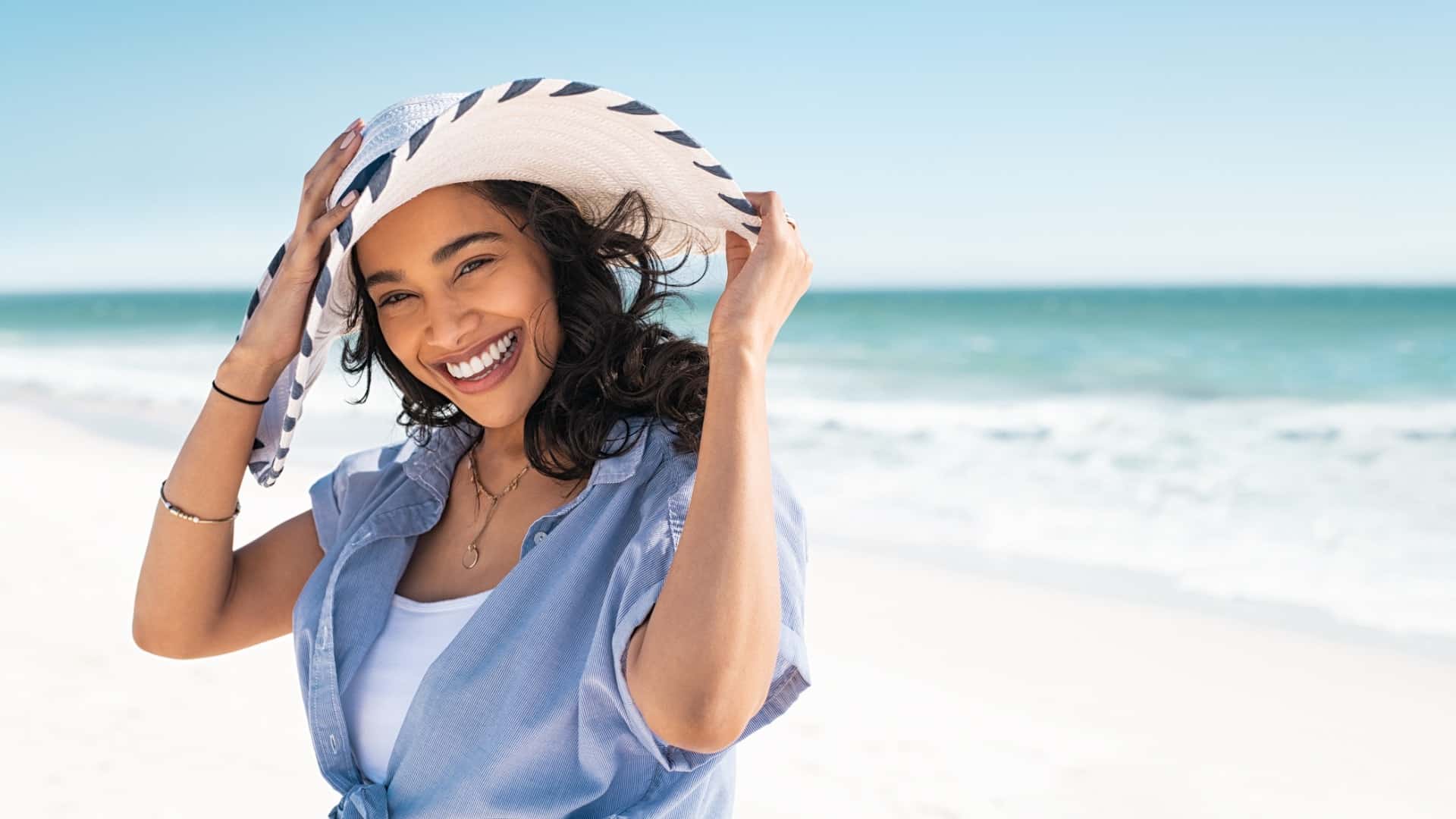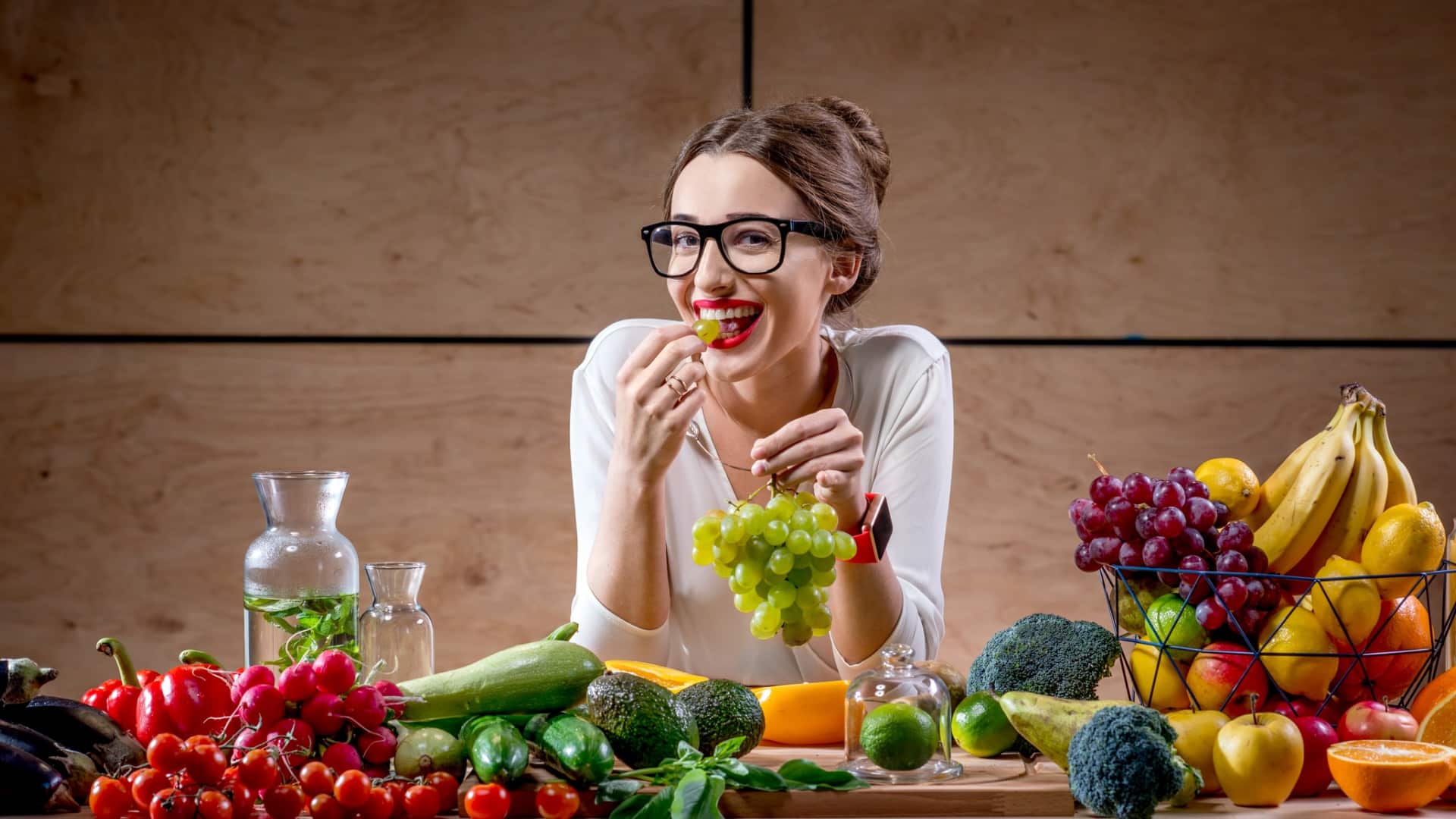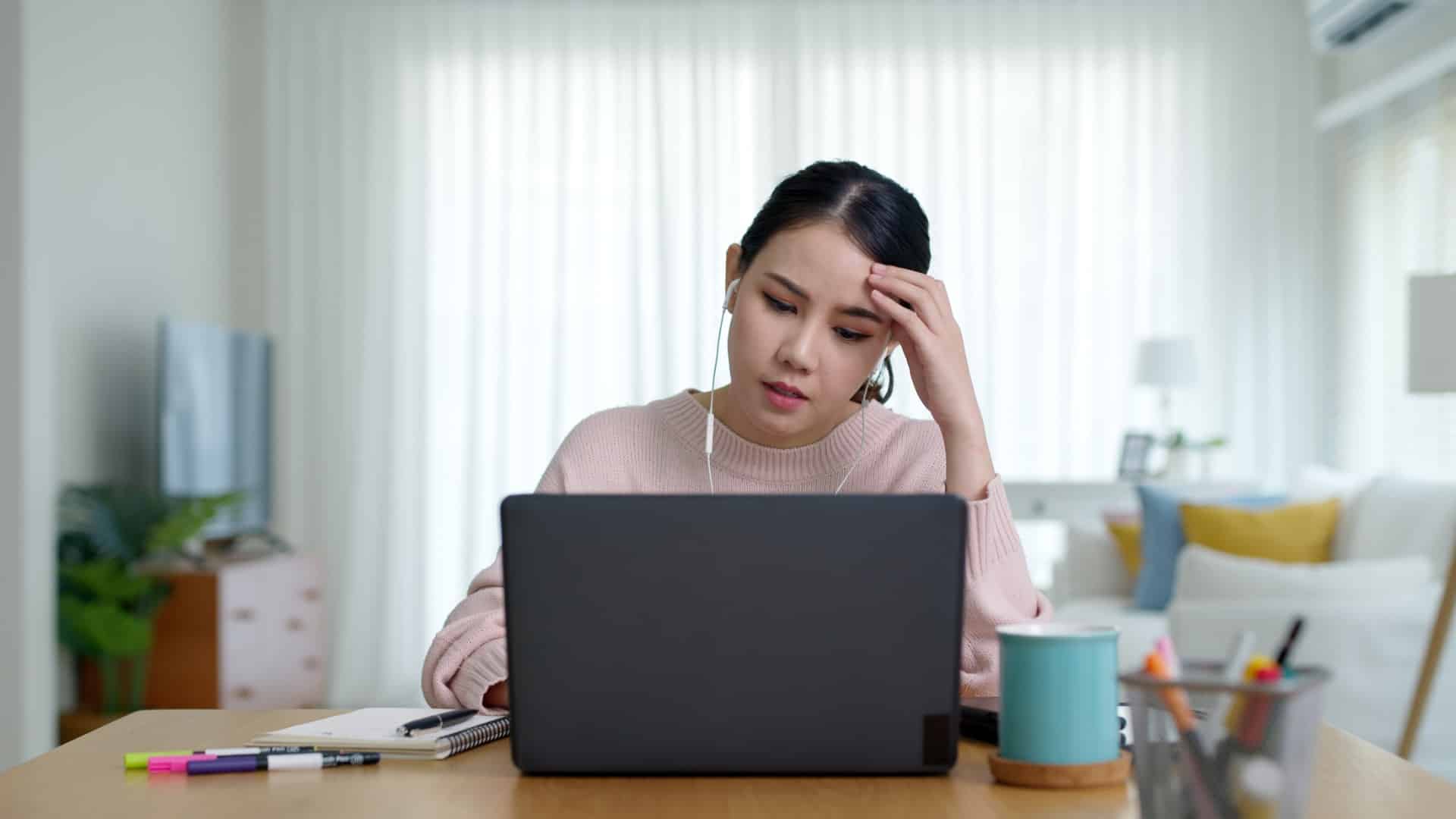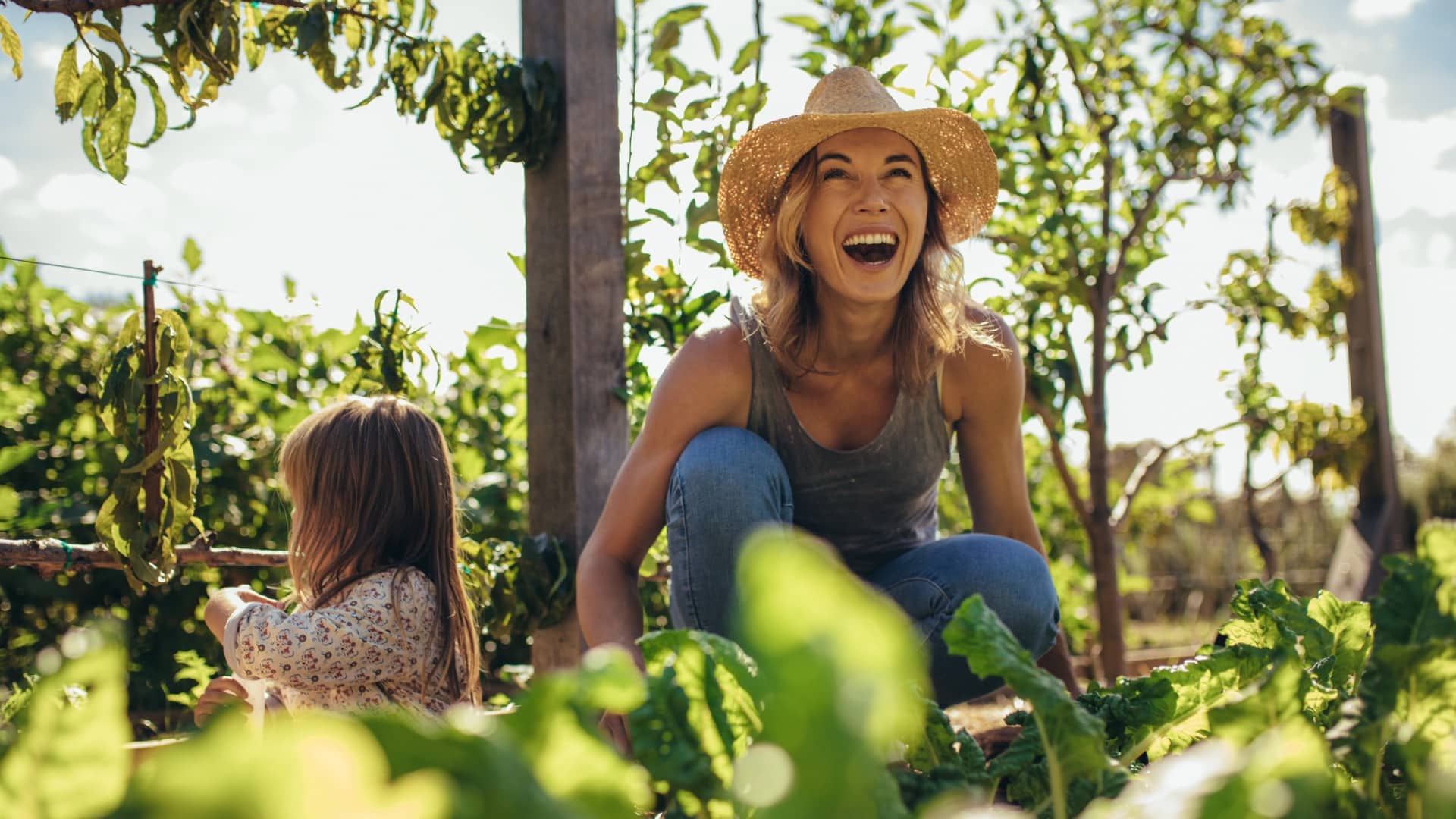In a world saturated with images, the concept of beauty is constantly under the microscope. Every billboard, magazine cover, and digital platform presents its version of beauty, often mirroring a very specific and narrow archetype. This consistent portrayal has ingrained in many a limited view of what beauty truly means, leading to self-doubt and societal pressures.
But beauty, in its essence, is diverse and multi-faceted. The challenges arise when this diverse nature of beauty gets overshadowed by repetitively projected standards. However, times are changing. A powerful undercurrent is rising, seeking to challenge and redefine these stereotypes. This movement isn’t just about celebrating different physical attributes but is deeply rooted in acknowledging the beauty of individual experiences, stories, and spirits. The shift is not just cosmetic—it’s a call to change perceptions, appreciate the vastness of human beauty, and move beyond the confines of age-old definitions.
This article delves deep into the transformative journey of breaking free from established beauty norms and celebrates the richness of beauty in all its myriad forms. Dive in with us as we explore this captivating evolution and redefine beauty for the modern age with enthusiasm and insight!

Beauty Through History
Beauty, as a concept, has evolved significantly over the centuries, with each era boasting its unique set of standards. Historically, societies have always had their ideals, reflecting the political, economic, and cultural climates of the times. For instance, the Renaissance period revered a fuller figure, a stark contrast to the slender and athletic Grecian ideal that preceded it. This was a reflection of the prosperity and abundance of the time.
In the Victorian era, pale skin was a mark of privilege, indicating that one didn’t have to work under the sun. The Roaring Twenties, on the other hand, celebrated the flapper look: short hair, straight waists, and a youthful rebellious spirit. This was a response to the end of World War I and the newfound freedoms women were experiencing.
As we transitioned into the 20th and 21st centuries, media became a powerful influencer in setting beauty standards. With the rise of Hollywood and later, fashion magazines, a globalized idea of beauty emerged. Suddenly, local standards were overshadowed by international celebrities and supermodels.
Understanding this historical context is crucial. By recognizing that beauty standards have always been fluid, reflecting societal shifts, we gain perspective. It empowers us to challenge current norms, understanding that they are but a fleeting moment in the vast tapestry of beauty’s history.

The Role of Media
The media, in its various forms, has become a dominant force in shaping perceptions of beauty in recent decades. From glossy magazines to blockbuster films and, more recently, the pervasive influence of social media platforms, the media’s portrayal of beauty often sets the bar for societal expectations.
Television and film have historically presented beauty through a limited lens, often sidelining diverse representations in favor of a homogenized ideal. These industries have projected certain looks as “aspirational”, often sidelining diverse ethnicities, body types, and ages. This has perpetuated certain stereotypes, leaving many feeling excluded or insufficient by comparison.
The rise of social media, especially platforms like Instagram and TikTok, has further complicated the narrative. While these platforms offer users the opportunity to showcase a broader range of beauty ideals, they also come with pitfalls. Filters and photo-editing tools, for instance, have made it easy to present a curated, often unrealistic version of oneself. The constant influx of ‘picture-perfect’ images can foster feelings of inadequacy among users.
However, the tide is turning. With more voices advocating for representation and authenticity, the media landscape is slowly shifting. As consumers become more discerning, there’s a growing demand for genuine, unfiltered portrayals of beauty in all its forms.

The Impact of Technology On Beauty Stereotypes
Technology, particularly in the age of the internet, has amplified the reach and scope of beauty ideals. With the click of a button, images, videos, and other content can be disseminated worldwide, leading to a globalization of certain beauty standards. This wide access can both entrench traditional standards and introduce newer, sometimes unrealistic, ideals.
Digital platforms, for instance, offer tools that allow for easy manipulation of images. Applications designed to smoothen skin, enhance body features, or modify facial structures are now commonplace. While these tools can be empowering for individual expression, they also run the risk of creating a digital world where ‘perfection’ becomes the norm, pressuring individuals to conform.
Moreover, algorithms on social media platforms tend to show users content similar to what they’ve engaged with before. This can create an echo chamber effect, where one is continuously exposed to the same narrow definitions of beauty, reinforcing certain ideals while excluding others.
On the positive side, technology has also given voice to those traditionally underrepresented. Online communities championing body positivity, natural beauty, and self-acceptance have gained traction, challenging and gradually redefining long-held stereotypes. These platforms have become crucial counterpoints, celebrating diversity and encouraging self-love amidst the pressures.

The Body Positivity Movement
Emerging from the shadows of rigid beauty standards, the Body Positivity Movement has arisen as a robust and influential counter-narrative. Its core philosophy emphasizes self-acceptance, urging individuals to appreciate and celebrate their bodies regardless of societal judgment. The movement recognizes beauty in all its forms, highlighting that everyone, irrespective of size, shape, or appearance, is worthy of self-love and societal acceptance.
The movement’s origins can be traced back to various activist efforts, but its explosion in the digital age is undeniable. Social media platforms, particularly Instagram and TikTok, have played a pivotal role in its popularization. Personal stories, images, and videos showcasing real bodies – complete with imperfections and idiosyncrasies – have found a vast and appreciative audience. These genuine portrayals act as a refreshing break from the often airbrushed and unrealistic standards perpetuated elsewhere.
Furthermore, the Body Positivity Movement has had tangible impacts on industries previously criticized for perpetuating narrow beauty standards. Fashion brands, for instance, are increasingly embracing diverse models and promoting inclusive sizing. Cosmetics brands, too, are broadening their product ranges to cater to diverse skin tones. The message is clear: beauty is not one-size-fits-all, and it’s high time industries and individuals alike acknowledge and celebrate this diversity.

Redefining Beauty Standards For The Future
The quest to redefine beauty standards is not merely a reaction to the past, but a visionary stride towards a more inclusive and compassionate future. This reshaping goes beyond accepting diverse body types and skin colors; it’s about understanding that every individual’s uniqueness contributes to the rich tapestry of human beauty. As society evolves, so should its definitions, especially something as personal and subjective as beauty.
One key aspect of this redefinition is education. Schools, community groups, and other institutions must advocate for a broader perspective on beauty, emphasizing the significance of internal virtues such as kindness, empathy, and resilience. By doing so, future generations will grow up with a more holistic understanding of beauty that values character and spirit alongside physical attributes.
Another pivotal area is representation. For beauty standards to truly change, diversity needs to be celebrated in every public domain, from movies and advertisements to literature and art. By showcasing an array of faces, bodies, and stories, the media can help foster a society where everyone feels seen, valued, and beautiful. The future of beauty is one where the emphasis shifts from conformity to individuality, from judgment to appreciation, and it’s a future worth striving for.

Empowering The Next Generation
The next generation stands at the crossroads of history, equipped with the power to not only challenge age-old beauty stereotypes but also to define them anew. To ensure they embark on a journey of self-acceptance and broad-mindedness, it’s paramount we equip them with the tools, knowledge, and confidence to do so.
One of the most potent tools at our disposal is open conversation. By fostering environments where young people feel safe to share their feelings about appearance, identity, and self-worth, we can address misconceptions and instill positive values early on. This can be facilitated through family discussions, educational seminars, or community gatherings. Such dialogues pave the way for a more empathetic society, where acceptance replaces judgment.
In addition to conversations, exposure to diverse role models is essential. Whether it’s through books, films, or real-life mentors, seeing individuals who break the traditional mold of beauty inspires young minds to believe in their unique worth. These role models serve as shining examples of how beauty can be found in every form, every color, and every story.
Lastly, cultivating self-awareness and self-worth from an early age can shield the youth from the pressures of external beauty standards. Encouraging hobbies, passions, and pursuits that focus on internal growth can help anchor their sense of value in their talents and character, rather than just their appearance.
Conclusion
In a world where beauty stereotypes have for so long been narrowly defined and vigorously upheld, breaking free requires conscious effort, a broad perspective, and continuous dialogue. It is an endeavor not merely about questioning and challenging the old but also about creating and fostering a new paradigm—one that celebrates diversity, authenticity, and individuality.
The journey to redefine beauty in today’s world is a testament to the collective desire for positive change. We’ve witnessed the evolution of beauty concepts over centuries, observed how media and technology have shaped and reshaped these ideals, and now stand at the forefront of a movement that seeks to uplift every individual, irrespective of how they fit into traditional molds.
The strides we make today in pushing boundaries and rewriting narratives have profound implications for the future. We’re not just redefining beauty for ourselves but setting the stage for generations to come. By rooting our efforts in inclusivity, empathy, and empowerment, we don’t just pave the way for a more open-minded society; we also gift ourselves and our successors a world where the true essence of beauty—its multifaceted, all-encompassing nature—is recognized, appreciated, and celebrated in all its glory.

